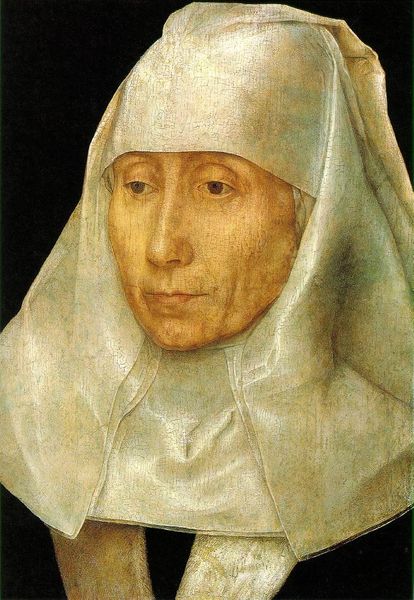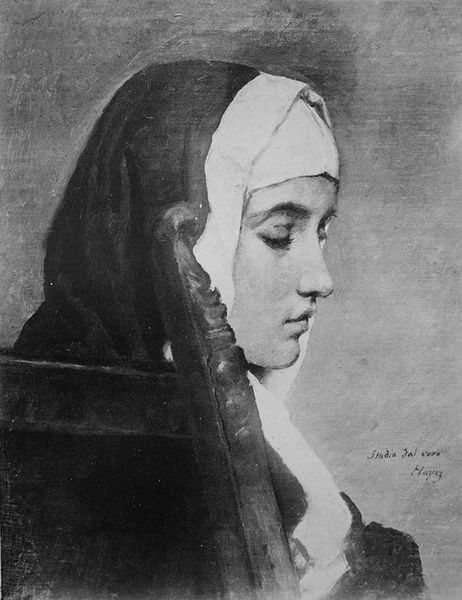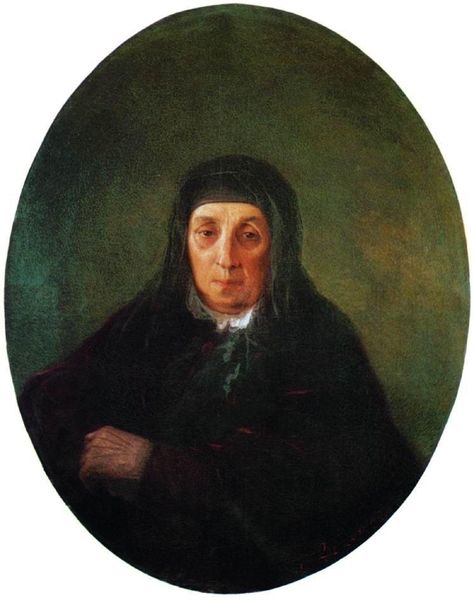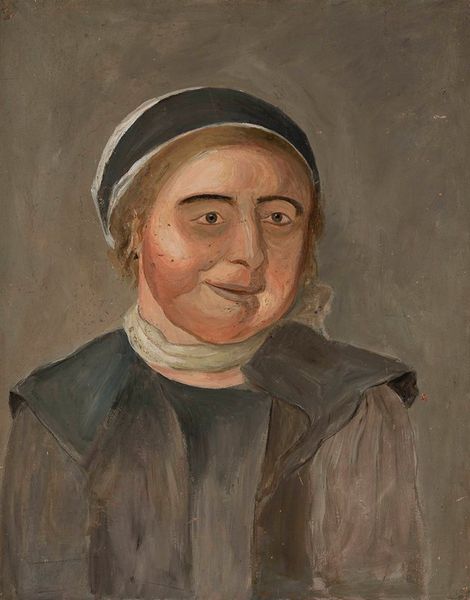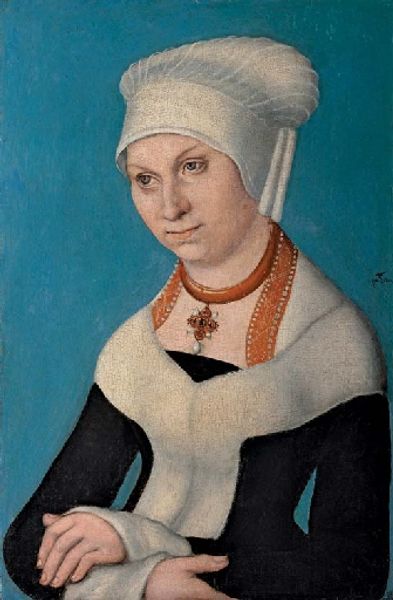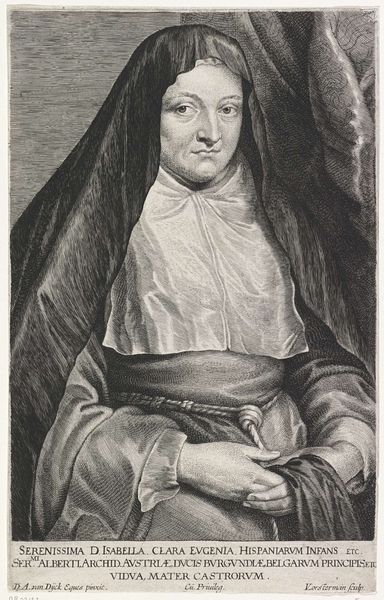
Copyright: Zinaida Serebriakova,Fair Use
Curator: Let's turn our attention to Zinaida Serebriakova’s "A Nun of Cassis" created in 1928. What do you make of it? Editor: Stark and soft simultaneously. The gaze meets you head-on, but the charcoal softens the edges. I get a sense of quiet resignation, or perhaps contemplation. Curator: The application of charcoal, with its inherent mutability, allows Serebriakova to capture both the discipline of the nun's life and its internal world, doesn't it? Note the details in the wimple contrasted against the gestural quality in her habit. Think of the coal itself—transformed, combusted, used to render this life. There's something poetic about the use of burned matter to depict a life dedicated to... denying materiality? Editor: Precisely! This piece presents an interesting conversation about labor, really. Religious orders often relied on skilled craftsmanship. Look closely at the hands. They aren't idle hands; they speak to a life of work and prayer intertwined. What did she make? Who benefitted? These kinds of artworks give so much more context than just the pretty picture. Curator: It’s funny, because Serebriakova herself, forced into exile after the Revolution, knew the meaning of hard work. Perhaps, in rendering this nun, she recognized a shared humanity forged through labor, sacrifice. The limited color palette amplifies that starkness you initially sensed and seems a metaphor for a restricted life. It's moving, seeing such profound depth drawn with, well, essentially burnt sticks. Editor: A life transcribed in earth's bones, reduced to their essence and made all the more moving for that distillation. A study in process—a fascinating rendering. Curator: I agree completely, It invites one into a contemplative mindset regarding both artistic construction and an almost hidden subject.
Comments
No comments
Be the first to comment and join the conversation on the ultimate creative platform.

